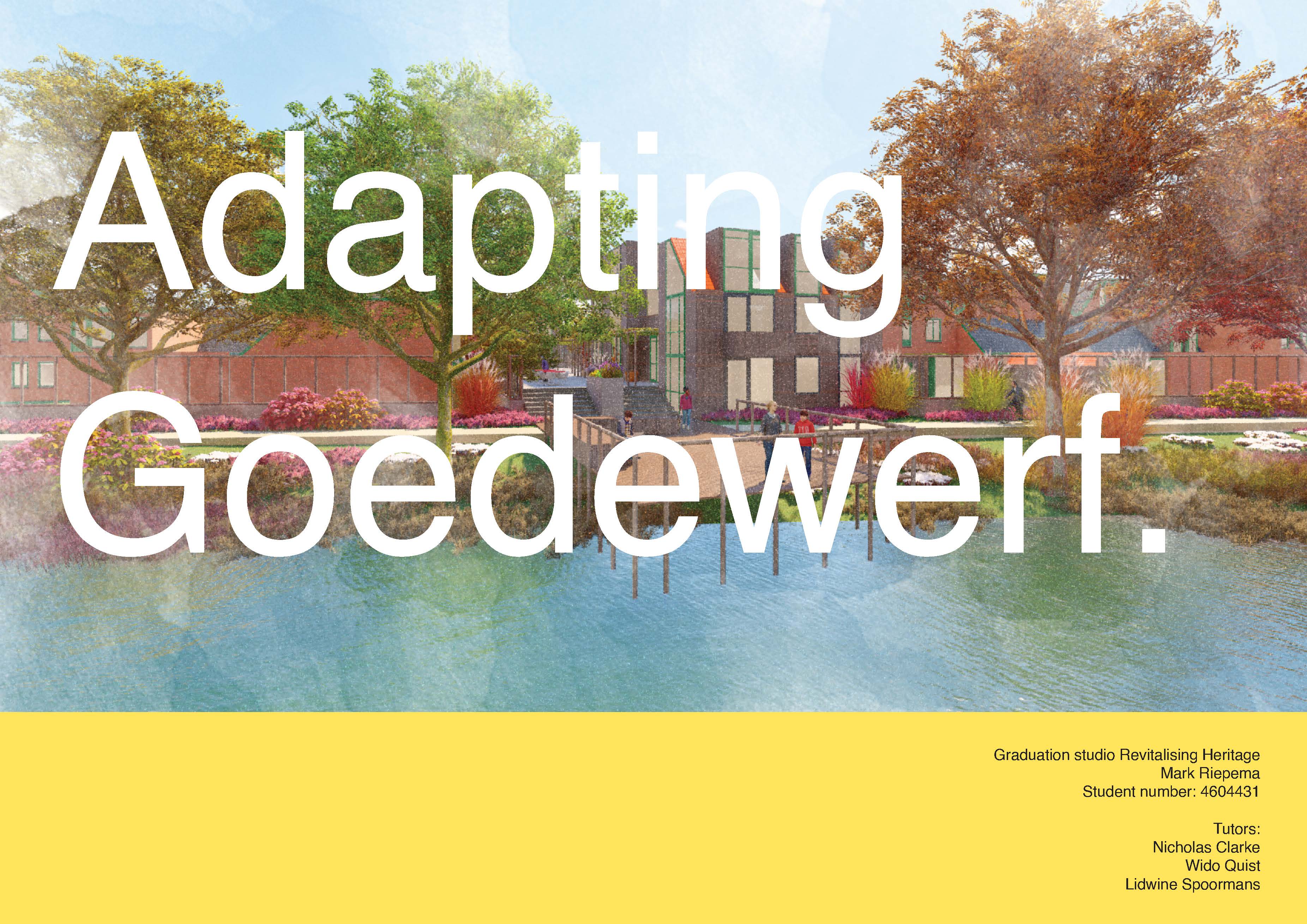Adapting Goedewerf
To keep good quality housing affordable in the Netherlands we are currently facing two main assignments: 1. Establishment of new homes; and 2. The renovation of existing houses to make them more sustainable. Within the New Heritage studio both issues are addressed together within the context of nineteen-seventies an eighties residential areas. A large part of the Dutch housing stock consists of this type of neighbourhoods, they often have relatively much potential for densification and their insulation and installations are currently often insufficient or outdated. In this project adaptability is used as a guiding theme to address these problems. This focus serves both a societal and a scientific purpose. Contemporary ideas about Open Building can be strengthened by reuse of the ideas of architects from the seventies of which the effect is already visible in their buildings. And on the other hand the adaptability of these existing building has to be strengthened to become more sustainable and house new groups of residents. The main research question is: How can strategies for adaptability and appropriation as used in the experimental housing from the nineteen-seventies be reused in sustainable renovation and densification of neighbourhoods from this period?
The research and design methodology is subdivided in five steps:
1. Identify different strategies
2. Investigate how they are applied
3. Evaluate effects on design location
4. Define a brief
5. Design an integrated plan
In the design part the outcomes of the research part are combined with the value assessment that was made using the Kamari model (Kamari, Corrao, & Kirkegaard, 2017) and scenario studies. On the bases of this analysis a brief is defined based on different design scenarios. Hand sketches and physical models are used for both research purposes and as a presentation medium. Especially models are investigated as a way to present the design to residents and involve them in the design of their own houses and neighbourhood.
Bekijk het hele artikel hier
